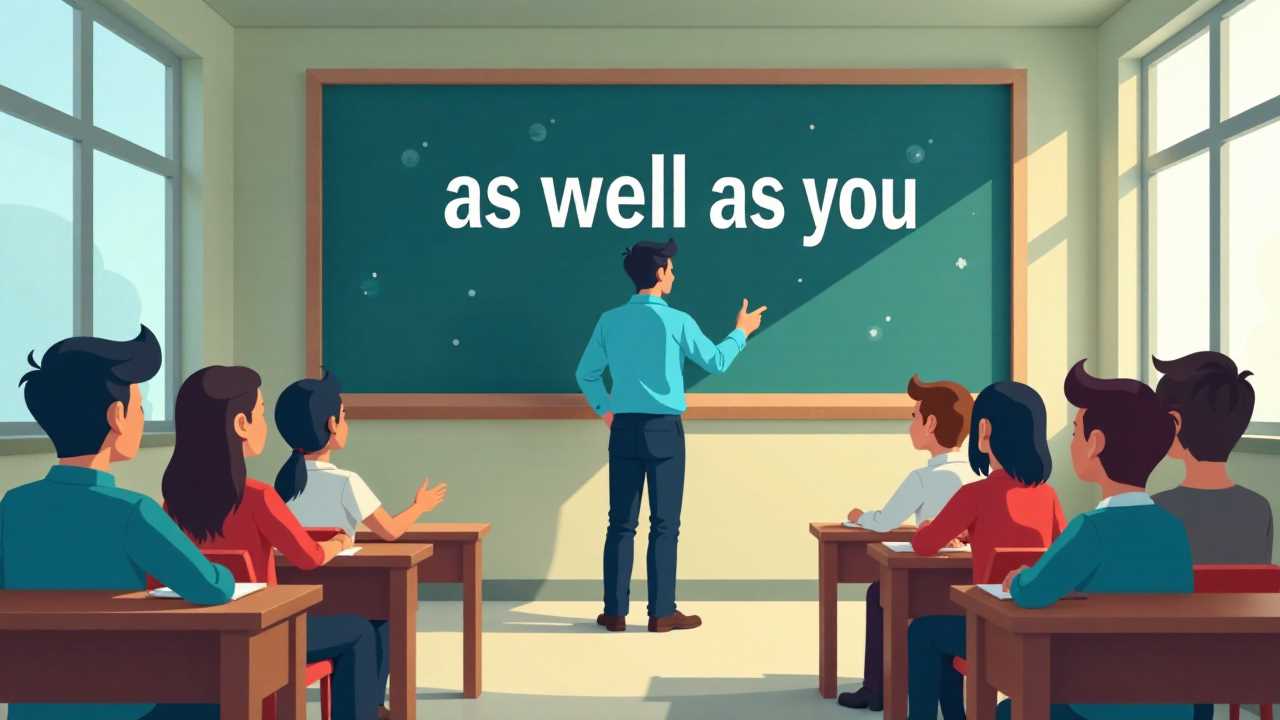
Understanding Gamification in Education
Gamification in education represents a significant shift in teaching strategies, aiming to enhance engagement and motivation among learners. By integrating game-like elements into educational settings, we create an environment that fosters collaboration and encourages active participation. This method not only makes learning enjoyable but also drives students to take ownership of their educational journeys.
The essence of gamification lies in its ability to transform traditional learning paradigms into interactive experiences. By utilizing points, badges, leaderboards, and challenges, educators can stimulate a sense of achievement and competition among students. This approach encourages learners to push their limits, thereby enhancing their overall educational experience.
The Role of Engagement in Gamified Learning
Engagement is a critical factor in effective learning. In a gamified classroom, students are more likely to participate actively, as they feel a sense of involvement in the learning process. This heightened level of engagement can be attributed to the immediate feedback provided through gamified elements. When students receive instant recognition for their efforts, it reinforces their desire to continue learning and striving for excellence.
Moreover, gamification allows for diverse learning styles to be accommodated. Visual learners may thrive on interactive graphics and animations, while auditory learners benefit from storytelling and audio elements. By catering to various preferences, we ensure that every student finds a way to connect with the material, thereby boosting their engagement levels.
Motivation: The Driving Force Behind Learning
Motivation is another cornerstone of successful educational experiences. Gamification taps into intrinsic and extrinsic motivators, creating a balanced approach that appeals to all types of learners. Intrinsic motivation arises from the joy of learning itself, while extrinsic motivation is driven by external rewards such as points and achievements.
In a gamified environment, students are motivated to complete tasks and challenges, knowing that their efforts will be recognized. This recognition can take the form of virtual rewards or tangible prizes, which further incentivizes participation. As learners see their progress reflected in their achievements, they become more committed to their educational goals.
Feedback: The Key to Continuous Improvement
Feedback is essential for fostering a growth mindset among students. In a gamified setting, feedback is not only timely but also constructive. Educators can provide insights into students' performance, helping them identify areas for improvement. This immediate feedback loop encourages learners to reflect on their actions and make necessary adjustments in real time.
Moreover, gamification promotes a culture of continuous learning. Students are more likely to take risks and experiment with new strategies when they know that feedback will guide their efforts. This iterative process of trial and error cultivates resilience and adaptability, skills that are invaluable in today's rapidly changing world.
Collaboration: Building a Supportive Learning Community
Collaboration is a vital component of gamified education. By incorporating team-based challenges and group activities, we encourage students to work together towards common goals. This collaborative approach not only enhances social skills but also fosters a sense of community within the classroom.
In a gamified environment, students learn to appreciate diverse perspectives and collaborate effectively. They develop essential communication skills and learn to navigate conflicts, preparing them for future teamwork scenarios. As they engage in collaborative learning, students also become more invested in each other's success, creating a supportive atmosphere that benefits everyone.
Dynamic Learning Paths: Personalizing the Educational Experience
Dynamic learning paths are a hallmark of gamification in education. By allowing students to choose their own paths through the curriculum, we cater to individual preferences and learning speeds. This personalized approach empowers learners to take control of their education, fostering a sense of autonomy and responsibility.
With gamified learning paths, students can select challenges that align with their interests and strengths. This flexibility not only enhances motivation but also promotes deeper understanding, as learners engage with material that resonates with them. Educators can track progress along these paths, ensuring that every student receives the support they need to succeed.
Assessment: A New Perspective on Measuring Success
Assessment in a gamified context shifts from traditional testing methods to more interactive and formative approaches. Instead of relying solely on standardized tests, educators can use game-based assessments that reflect students' ongoing progress. This method allows for a more comprehensive understanding of each learner's abilities and challenges.
Through gamification, assessments become less intimidating and more engaging. Students can participate in quizzes, simulations, and interactive challenges that provide a more accurate representation of their knowledge. This approach not only reduces anxiety but also encourages learners to view assessment as a tool for growth rather than a judgment of their abilities.
Implementing Gamification in Educational Settings
To effectively implement gamification in education, educators should begin by identifying specific learning objectives. By aligning gamified elements with desired outcomes, we can create a cohesive and purposeful learning experience.
Next, it is essential to select appropriate tools and platforms that facilitate gamification. There are numerous educational technologies available that support game-based learning, allowing educators to integrate these elements seamlessly into their curricula.
Training and professional development for educators are also crucial. By equipping teachers with the skills and knowledge needed to implement gamification effectively, we ensure that they can create engaging and motivating learning environments.
Finally, it's important to gather feedback from students and continuously assess the effectiveness of gamification strategies. By remaining open to adjustments and improvements, we can refine our approaches and maximize the benefits of gamification in education.
 Careers in EducationElementary EducationHigh School EducationEducational TechnologyTeaching StrategiesSpecial EducationPrivacy PolicyTerms And Conditions
Careers in EducationElementary EducationHigh School EducationEducational TechnologyTeaching StrategiesSpecial EducationPrivacy PolicyTerms And Conditions
